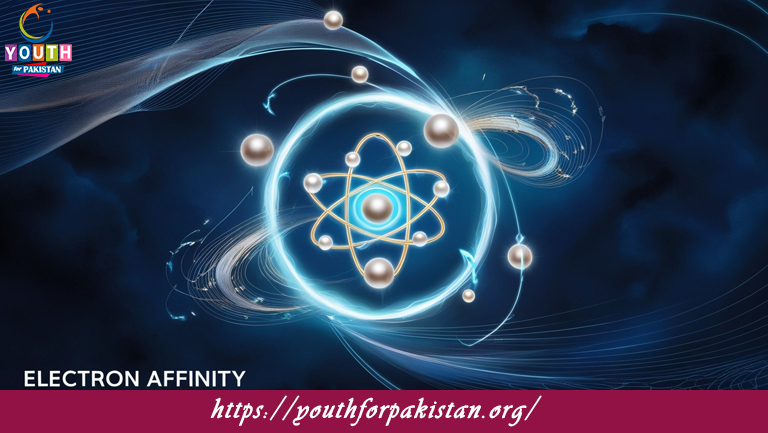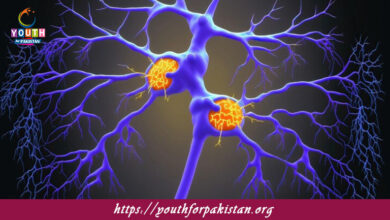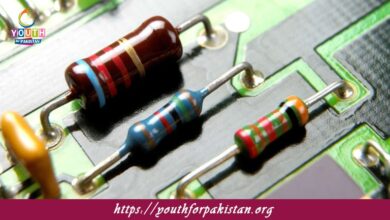Electron Affinity MDCAT MCQs with Answers

Welcome to the Electron Affinity MDCAT MCQs with Answers. In this post, we have shared Electron Affinity Multiple Choice Questions and Answers for PMC MDCAT 2024. Each question in MDCAT Chemistry offers a chance to enhance your knowledge regarding Electron Affinity MCQs in this MDCAT Online Test.
Electron affinity is defined as:
a) The energy required to remove an electron from a neutral atom
b) The energy released when an electron is added to a neutral atom
c) The ability of an atom to attract electrons in a bond
d) The energy required to add a proton to an atom
Which element has the highest electron affinity?
a) Oxygen (O)
b) Fluorine (F)
c) Chlorine (Cl)
d) Nitrogen (N)
Electron affinity generally increases:
a) Down a group
b) From left to right across a period
c) From right to left across a period
d) Remains constant across a period
Which of the following elements has the lowest electron affinity?
a) Fluorine (F)
b) Chlorine (Cl)
c) Sodium (Na)
d) Neon (Ne)
Which group in the periodic table has the lowest electron affinities?
a) Group 1
b) Group 2
c) Group 17
d) Group 18
The addition of an electron to a neutral atom in a gaseous state releases energy. This process is known as:
a) Ionization energy
b) Electron affinity
c) Electronegativity
d) Lattice energy
Which element would likely have a higher electron affinity than sulfur?
a) Oxygen (O)
b) Phosphorus (P)
c) Nitrogen (N)
d) Sodium (Na)
The electron affinity of halogens is:
a) High
b) Low
c) Zero
d) Negative
The first electron affinity is usually:
a) Positive
b) Negative
c) Neutral
d) Zero
Which of the following has the most negative electron affinity?
a) Fluorine (F)
b) Chlorine (Cl)
c) Bromine (Br)
d) Iodine (I)
Electron affinity becomes less negative as you move:
a) Across a period from left to right
b) Down a group
c) Up a group
d) From right to left across a period
Which of the following has a positive electron affinity?
a) Oxygen (O)
b) Chlorine (Cl)
c) Neon (Ne)
d) Nitrogen (N)
The electron affinity of an element is related to its:
a) Atomic radius
b) Ionization energy
c) Electronegativity
d) All of the above
Which element in the third period has the most negative electron affinity?
a) Sodium (Na)
b) Magnesium (Mg)
c) Phosphorus (P)
d) Chlorine (Cl)
Which of the following statements is true about electron affinity?
a) It is always positive
b) It is always negative
c) It can be both positive and negative
d) It is always zero
Which of the following elements has the most positive electron affinity?
a) Nitrogen (N)
b) Fluorine (F)
c) Neon (Ne)
d) Oxygen (O)
Electron affinity is usually most negative for:
a) Noble gases
b) Halogens
c) Alkali metals
d) Alkaline earth metals
Which element has a more negative electron affinity than carbon?
a) Boron (B)
b) Nitrogen (N)
c) Oxygen (O)
d) Neon (Ne)
The second electron affinity is:
a) Always positive
b) Always negative
c) Can be either positive or negative
d) Always zero
Which of the following trends is correct regarding electron affinity?
a) Increases down a group
b) Decreases across a period
c) Increases across a period
d) Remains constant across a period
Which element has the least negative electron affinity in Group 17?
a) Fluorine (F)
b) Chlorine (Cl)
c) Bromine (Br)
d) Iodine (I)
The electron affinity of an element is typically more negative for:
a) Metals
b) Nonmetals
c) Metalloids
d) Noble gases
The electron affinity of an atom is most influenced by:
a) Its atomic radius
b) Its nuclear charge
c) Its electron configuration
d) All of the above
The electron affinity of noble gases is generally:
a) Highly negative
b) Highly positive
c) Close to zero
d) Unpredictable
The element with the most negative electron affinity in period 2 is:
a) Lithium (Li)
b) Oxygen (O)
c) Nitrogen (N)
d) Fluorine (F)
Electron affinity generally becomes more negative across a period due to:
a) Increasing atomic radius
b) Increasing nuclear charge
c) Decreasing electron shielding
d) Decreasing atomic radius
Which element has a lower electron affinity than nitrogen?
a) Oxygen (O)
b) Fluorine (F)
c) Carbon (C)
d) Neon (Ne)
Which of the following is a true statement about electron affinity?
a) It is always positive for metals
b) It is more negative for halogens than for alkali metals
c) It is the same for all elements in the same group
d) It is highest for noble gases
The first electron affinity of an element is typically:
a) Positive
b) Negative
c) Zero
d) Undefined
Which of the following elements would you expect to have the least negative electron affinity?
a) Phosphorus (P)
b) Sulfur (S)
c) Chlorine (Cl)
d) Argon (Ar)
The trend in electron affinity across a period is best explained by:
a) Increase in atomic radius
b) Increase in electron shielding
c) Increase in nuclear charge
d) Increase in ionization energy
Which group in the periodic table generally has the most negative electron affinities?
a) Group 1
b) Group 2
c) Group 16
d) Group 17
The electron affinity of elements within the same group typically:
a) Increases down the group
b) Decreases down the group
c) Remains constant down the group
d) Varies unpredictably
The most negative electron affinity is found in:
a) Alkali metals
b) Transition metals
c) Halogens
d) Noble gases
Which of the following elements is most likely to release the most energy when it gains an electron?
a) Sodium (Na)
b) Chlorine (Cl)
c) Magnesium (Mg)
d) Neon (Ne)
Which of the following is correct about the second electron affinity of oxygen?
a) It is more negative than the first
b) It is positive
c) It is the same as the first
d) It is less negative than the first
The electron affinity of an element is closely related to its:
a) Ionization energy
b) Atomic number
c) Electron configuration
d) Atomic mass
Electron affinity becomes less negative down a group due to:
a) Increasing atomic radius
b) Increasing nuclear charge
c) Decreasing electron shielding
d) Decreasing atomic radius
Which of the following is a trend seen in electron affinity?
a) It decreases from left to right across a period
b) It increases down a group
c) It remains constant across a period
d) It becomes less negative down a group
Which of the following factors does not significantly affect electron affinity?
a) Atomic radius
b) Electron shielding
c) Nuclear charge
d) Atomic mass
If you are interested to enhance your knowledge regarding Physics, Chemistry, Computer, and Biology please click on the link of each category, you will be redirected to dedicated website for each category.





